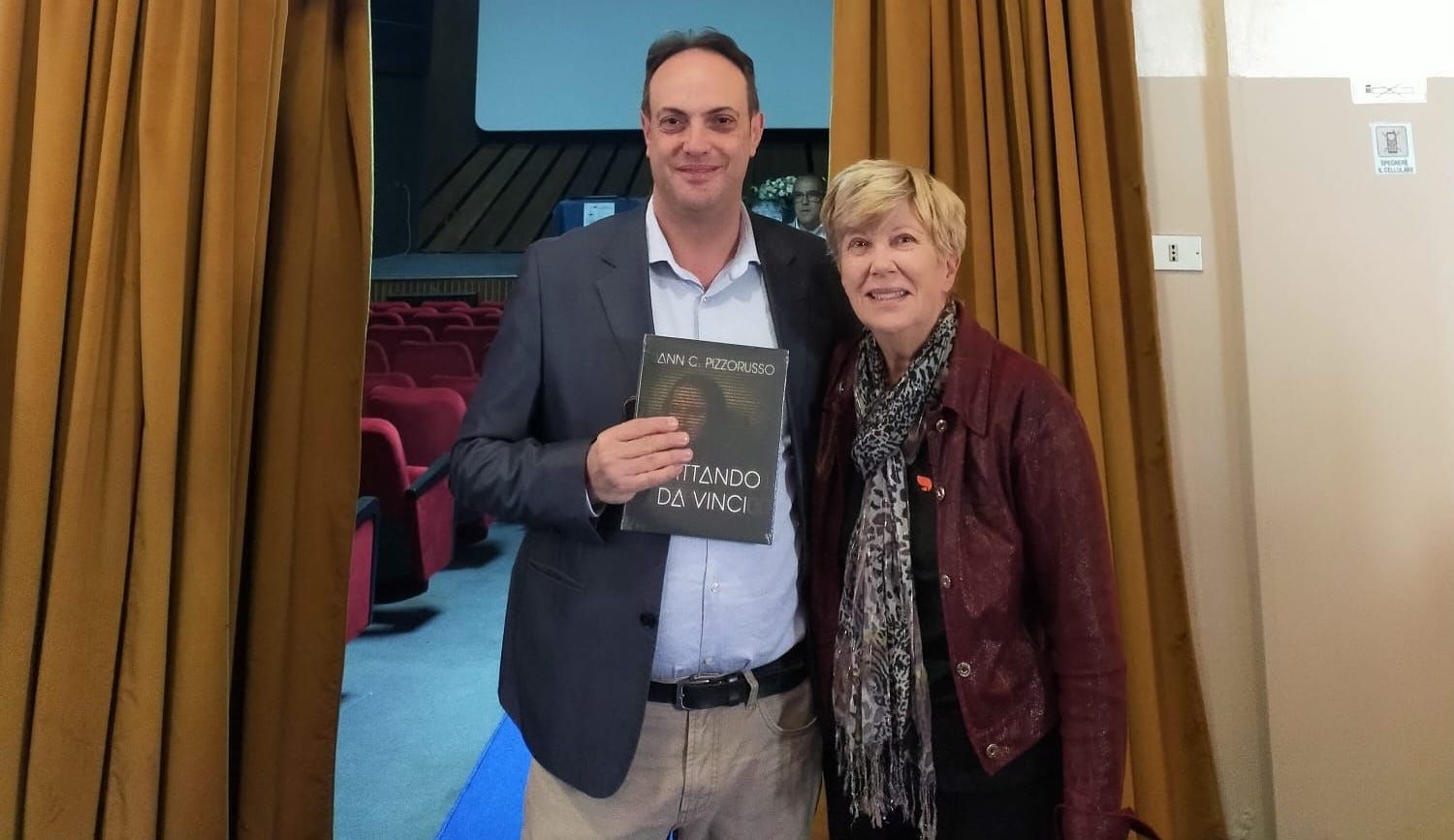St. Francis’ affinity for the environment influenced the artist Giotto (c.1270-1337) who revolutionized art history by including natural elements in his religious works. In this manner, Giotto portrayed sacred images on Earth, separating them definitively from their abstract, unapproachable representation in Byzantine art. Giotto’s works are distinctive because they portray daily life as blessed, thus demonstrating that the difference between the sacred and profane is minimal.
St. Francis, Giotto and the Environment
Ann Pizzorusso
The saint and the artist who revolutionized religion,
art and created the ecological movement

From Antiquity to the Middle Ages, man had a conflictual relationship with nature, seeing it as representing either divine or satanic forces. On the vanguard of a change in perspective toward the natural world was St. Francis of Assisi (c.1181-1226) who is now, thanks to his pioneering work, patron of ecology. He set forth the revolutionary philosophy that the Earth and all living creatures should be respected as creations of the Almighty.

Giuseppe De Lorenzo (Lagonegro, 1871 - Napoli, 1957) was a renowned geologist, having contributed significantly to the history of the formation of the Apennines, some of the most complicated geology in Italy. He was also a scholar of Leonardo da Vinci, having written a seminal book on Leonardo’s ideas on geology. His book, published in the mid-twentieth century, shed new light on Leonardo’s incredible writings on the geological disciplines of stratigraphy, sedimentology, paleontology, and structural geology. Additionally, De Lorenzo was able to influence not only scientists but the general public as he was knowledgeable in the fields of philosophy, literature, Far Eastern languages, and Buddhism. In September, 2023 I was honored and humbled to have won first prize in the National Giuseppe De Lorenzo book competition. Being a geologist and a Leonardo scholar it was a moment of great joy to follow in the footsteps of Leonardo da Vinci and Giuseppe De Lorenzo.

I am going to use this space to post unusual items from time to time. As the Earth reveals its secrets (often in plane sight) it is marvelous to see them and appreciate them for what they are--miracles. It often takes an artist to see and portray the Earth's wonders, be it through painting, literature, architecture or poetry. I hope these little tidbits will open up the wonders awaiting you right outside your door no matter where you are in the world.








